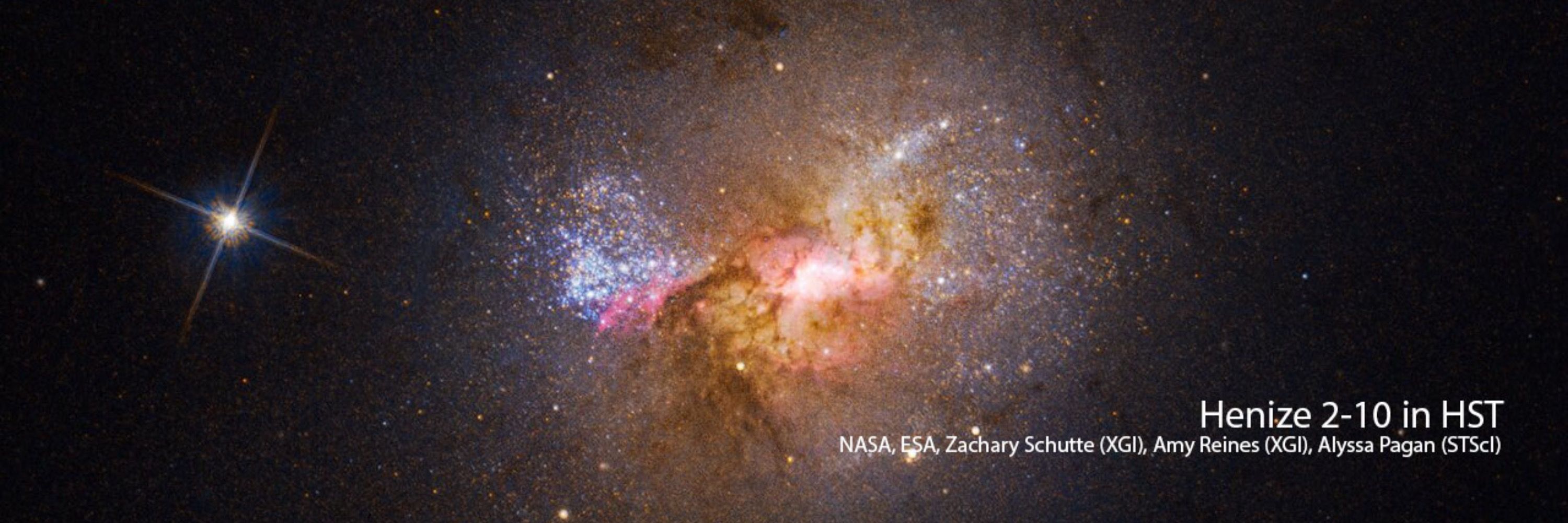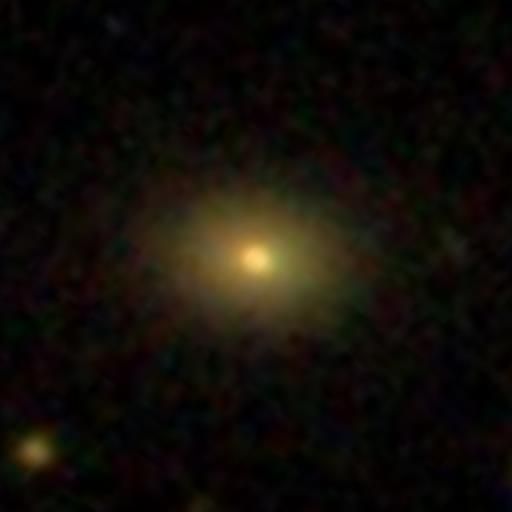All the Galaxies!
@allthegalaxies.galaxyzoo.org
13K followers
6 following
11K posts
Posting galaxies classified by the public on Galaxy Zoo, @galaxyzoo.org
Created and maintained by @davidoryan.bsky.social with backup support from @vrooje.net and @emily.space
Posts
Media
Videos
Starter Packs






















